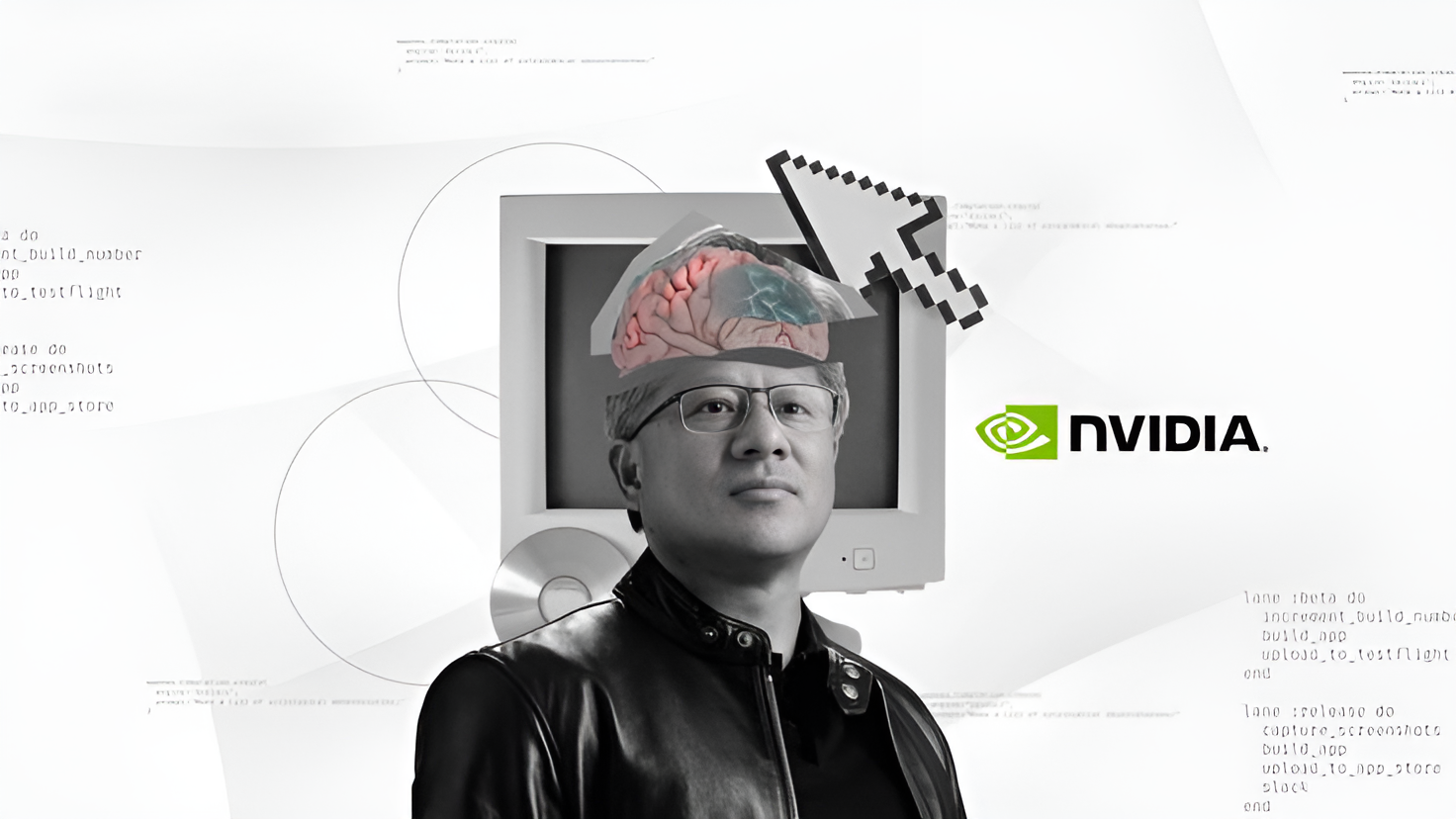Prioritizing Data for Post-Quantum Cryptography (PQC) Analysis Report
5W1H Analysis
Who
Key stakeholders include cybersecurity firms, technology companies, government agencies, and data-centric organisations. Notable organisations involved are HashiCorp and other technology infrastructure entities focusing on data protection.
What
The event is the development and prioritisation of scalable cryptography strategies to protect sensitive data against quantum computing threats.
When
The strategies and developments are ongoing, with the latest insights published on 11th June 2025. The global tech industry and cybersecurity sectors have been increasingly focusing on such developments over the past years.
Where
Impacts are globally distributed, affecting cybersecurity markets across North America, Europe, and Asia-Pacific regions where technology infrastructures are prevalent.
Why
The main motivation is the potential threat quantum computing poses to current cryptography systems. Quantum computers can potentially break encryption, rendering traditional data protection methods obsolete. Therefore, there is an urgent need for post-quantum cryptography solutions.
How
The methods involve developing smart, scalable cryptographic solutions that can withstand quantum computing capabilities. This includes research, testing new algorithms, and implementing adaptive security protocols.
News Summary
As the threat of quantum computing increases, there's a critical shift towards securing sensitive data through post-quantum cryptography (PQC). Major tech firms and governments are investing in smart and scalable cryptography to safeguard against potential quantum attacks. This strategic approach is aimed at ensuring data integrity and confidentiality in the face of advanced computational threats.
6-Month Context Analysis
Over the last six months, there has been a surge in investments and research directed towards PQC. Prominent announcements include collaborations between tech giants and academic institutions to facilitate the development of quantum-resilient cryptographic standards. Governments across the US and EU have been actively funding such initiatives, reflecting a growing recognition of the quantum threat across cybersecurity frameworks.
Future Trend Analysis
Emerging Trends
Key emerging trends include increased funding for quantum technology, advancements in quantum algorithms, and collaborative efforts among tech companies to standardise PQC protocols.
12-Month Outlook
Over the next year, expect a push towards broad industry adoption of PQC technologies. Legislative actions may drive compliance with new cryptographic standards, mandating updates across industries reliant on secure data transmission.
Key Indicators to Monitor
- Progress in quantum computing capabilities - Adoption rate of PQC across major tech companies - Legislative developments advancing PQC compliance - Investments in quantum computing and cryptography research
Scenario Analysis
Best Case Scenario
Seamless transition to PQC technologies occurs, ensuring robust data protection across industries. This results in enhanced global security and confidence in digital infrastructures.
Most Likely Scenario
Gradual integration of PQC is observed, with key industries leading the adoption curve. Collaborative efforts yield new PQC standards accepted internationally.
Worst Case Scenario
Slow adoption rates lead to vulnerabilities, with critical data at risk during the transition period. Delayed response could result in significant security breaches if quantum capabilities outpace defensive measures.
Strategic Implications
- Companies should prioritise R&D in PQC solutions. - Organisations must develop a clear roadmap for transitioning to PQC-compatible systems. - Cross-industry collaborations will be necessary to establish robust PQC frameworks. - Governments should incentivise early adoption of PQC through funding and policy support.
Key Takeaways
- Organisations, especially in tech and cybersecurity, should accelerate PQC strategy implementation.
- Investment in PQC R&D is critical to stay ahead of potential quantum threats.
- Industry-wide collaboration is essential for creating effective PQC standards.
- Monitoring developments in quantum computing can provide early warnings for PQC adoption.
- Regulatory frameworks will likely evolve to enforce PQC compliance.
Source: Prioritizing data for post-quantum cryptography (PQC)





















Discussion